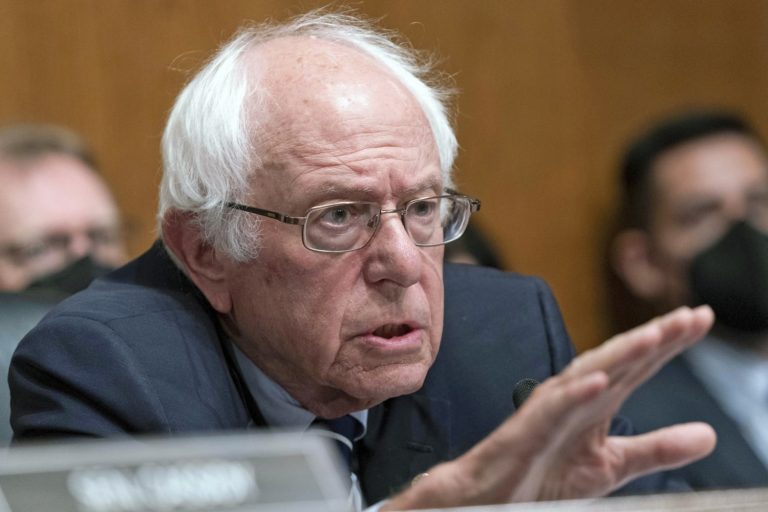Jerusalem’s Security Barrier and the Loss of Jewish Sovereignty
When one stands on various areas of Jerusalem’s seam-line that runs roughly along 1948-49 armistice line, the unmistakable site in the distance of the security barrier, is both jarring and in many ways calming to the eye and the mind.
The security barrier, which is actually a fence in most places, turns into a foreboding concrete barrier in Jerusalem. Conceived and pushed forward by the late Prime Minister Sharon as a necessary deterrent and in many ways a demarcation or border between Israel and a future “Palestine” has its supporters and detractors.
With nearly a decade and a half after the introduction and the initial construction of the security barrier, Israelis have grown used to it. However, every once in a while we are reminded of how much the barrier has impacted our relationship to the entirety of the Land of Israel; most notably in Jerusalem.
A seemingly innocuous news story from last week, about the need for Israel to invite the Palestinian Authority police into Jerusalem to search for a triple homicide suspect. At first, glance it appeared strange that Israel allowed the PA to operate in Jerusalem proper, but then it became clear why.
The homicide suspect, which the PA did catch was located in the part of municipal Jerusalem that lies beyond the security barrier – effectively no-man’s land.
Let’s understand this. Israel builds a security barrier claiming it is necessary for security and demarcation of sovereign boundaries, but in doing so ends up ceding sovereign territory to a “reformed” terror organization.
Now, one can argue that leaving Arab majority areas of Jerusalem on the other side of the wall has little effect on Israel’s sovereignty, but in reality there has been a slippery slope for other areas as well.
Kidmat Tzion: One Small Gain After A Huge Loss
The neighborhood of Kidmat Tzion, well known for the ten families that live just West of the security barrier is only a small portion of a far larger Jewish property.
598 dunams was purchased by the Collective Society in Abu Dis in 1928. The Collective Society had a formal and legal Jewish title to the whole area. “According to records, 203 Jewish members of the “Agudat HaDayarim’ Cooperative Society paid good money in Egyptian Lira for the 598 dunams of land.” The society purchased an additional 600 dunam in the area.
Today’s Kidmat Tzion exists on only 60 dunam of the original 600. Where is the rest? On the other side of the security barrier in Abi Dis – effectively ceded to the Palestinian Authority.
Unfortunately we have traded our long term national interests for our short term security needs.
While we all benefit from the feeling of the immediate security benefits the barrier has given us, long term security can only come by way of the imposition of Israel’s sovereignty on all of Jerusalem and Judea and Samaria.
In the future the other 540 dunam trapped on the “Palestinian” side of the barrier will surely be returned to its owners, however for now we must learn the lessons of our past failures and continue to develop the areas in our grasp.



